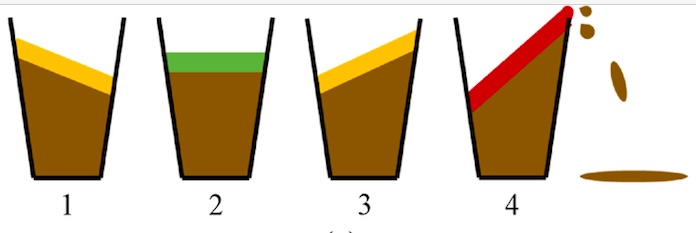Positions are available for masters-level and undergraduate student researchers. Please follow instructions below.
Graduate Student Positions
I am currently seeking highly motivated, hard-working and talented
- Domestic MASc students
- International or domestic MEng students interested in completing a project in-lieu of 3 courses.
If you are interested in joining my group, please follow the below instructions.
Combine into a single PDF file the following documents:
- a cover letter outlining your research interest and related experience
- updated copies of your transcripts (unofficial versions accepted initially)
- an updated CV/resume including if available, contact information for 3 academic/professional references.
Name this combined PDF file as follows:
- FamilyName_GivenName_DegreeSought_DDMonYYYY.pdf,
where DDMonYYYY (e.g., 01Feb2019) is the date of your initial email correspondence.
WORD documents will not be accepted.
The subject heading of your email should be “PIEDLab (DegreeSought) Application – indicate in place of DegreeSought whether you are a prospective MASc or current/prospective MEng student.
Canadian and Permanent Resident applicants are encouraged to apply for NSERC or Ontario Graduate Scholarships. Students who hold OGS Scholarships from the Ontario Provincial Government, or NSERC PGS awards from the Canadian federal government, are eligible for Top-Up Awards.
Undergraduate Student Positions
I am also seeking highly motivated, hard-working and talented, undergraduate students from any field of engineering, computer science, and psychology or closely related field.
If you are interested in joining my group, please follow the below instructions.
Combine into a single PDF file the following documents:
- a cover letter outlining your research interest and related experience
- updated copies of your transcripts (unofficial versions accepted initially)
- an updated CV/resume including if available, contact information for 3 academic/professional references.
Name this combined PDF file as follows:
- FamilyName_GivenName_UGYear_DD-Mon-YYYY.pdf,
where DDMonYYYY (e.g., 01Feb2019) is the date of your initial email correspondence.
WORD documents will not be accepted.
The subject heading of your email should be “PIEDLab (UGYear) Application – indicate in place of ‘UGYear’ your current year of undergraduate studies, e.g., UG4 if you are currently in or will be starting your 4th year when school restarts.
Working in our research group is an excellent way to gain valuable engineering experience, as well as to gain insight into graduate studies. Some opportunities for funding include:

